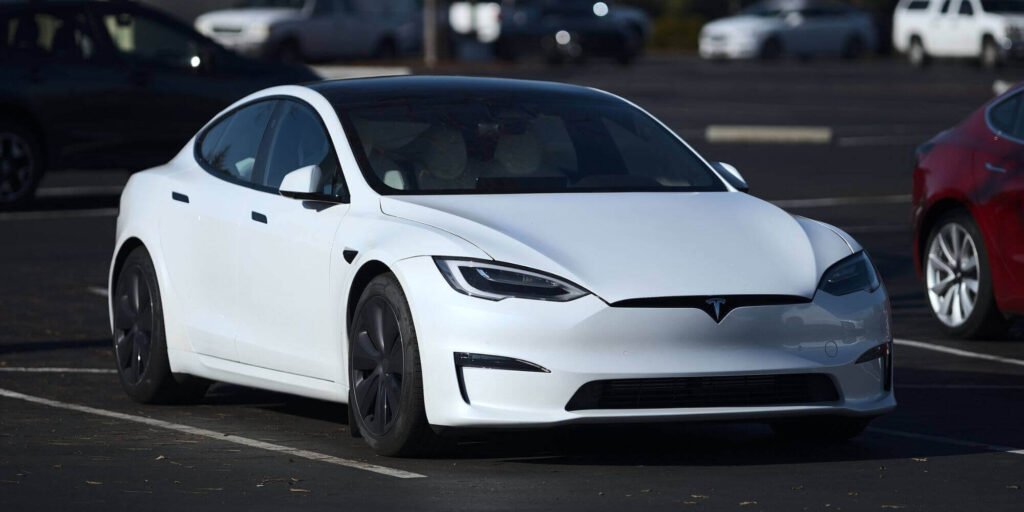Yes, cold weather can affect the Tesla Model S battery life because the chemical processes inside the battery slow down in low temperatures, which reduces its efficiency and range 🚗. As a result, the car may not go as far on a single charge, and it might take longer to charge the battery when it’s cold outside ⏱️. However, Tesla has designed its cars to handle cold weather well, and the battery can quickly recover its performance once it warms up, so the impact on the battery’s overall lifespan is minimal 🔋.
The cold weather also means that more energy is used for heating the car’s cabin and battery, which further reduces the range and increases energy consumption ❄️. Additionally, regenerative braking, which helps recharge the battery while slowing down, is less effective in cold conditions, contributing to a shorter range 🚫. Despite these challenges, Tesla’s thermal management system helps maintain the battery’s performance and longevity by regulating its temperature, ensuring that the battery remains efficient even in harsh winter conditions 🌡️.
Overall, while cold weather does impact the Tesla Model S’s battery performance temporarily, it does not significantly affect its long-term battery life, and with proper care, such as preconditioning the battery before driving, you can minimize these effects and enjoy a smooth driving experience in winter 🚗💨.

